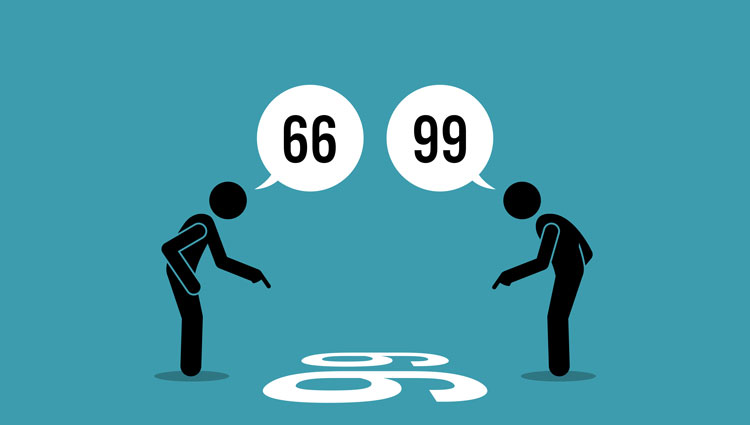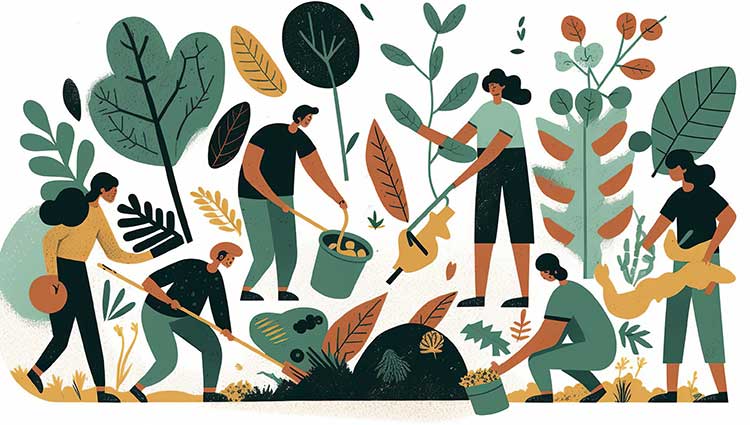As we drive through our neighborhoods, each home tells a different story. On one side, mornings begin with breakfasts, school runs, and fresh energy. On the other, night-shift workers are winding down, reflecting on the day’s lessons. Our perspective defines what we see—hope or fatigue, beginnings or conclusions. By asking, “What does this look like from the other side of the street?” we open the door to empathy. In families, communities, and work, this simple shift can build deeper understanding, turning judgment into connection and isolation into belonging.
Have We Been Here Before?
Laura MacDonald discusses how nonprofits face recurring disruptions but historically remain resilient. Despite challenges like COVID-19, tax changes, recessions, and current political anxiety, charitable giving has averaged 6% growth since 1967. She advises organizations to project resilience, sustain relationships, respond strategically rather than react, and adopt donor-centric approaches. Rather than making preemptive decisions for donors, nonprofits should stay the course and continue their missions, as anxiety is the enemy of philanthropy but donor confidence typically rebounds within 6-18 months after disruptions.
Stewardship: More Than You Realized
The author argues that true stewardship requires humility and self-awareness, not just good management skills. Many stewardship efforts remain transactional rather than transformational due to lack of humility. The solution involves self-stewardship through 15 attributes of humility, including being teachable, correctable, and focused on helping others succeed. A donor-centric approach requires genuine curiosity about donors’ passions and motivations. Effective stewardship involves asking better questions, deep listening, and building meaningful relationships. Ultimately, stewardship isn’t about money or control—it’s about love and compassionate service to others.


